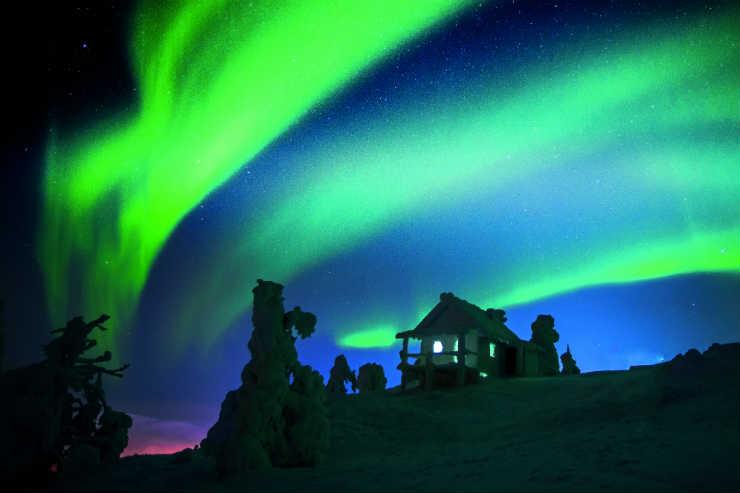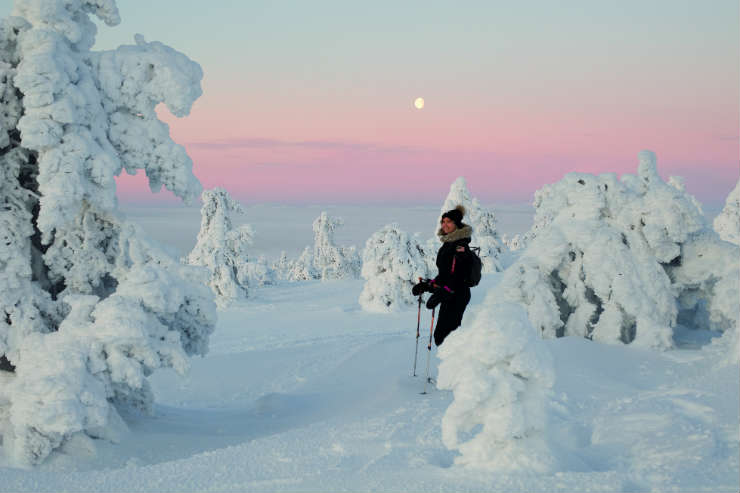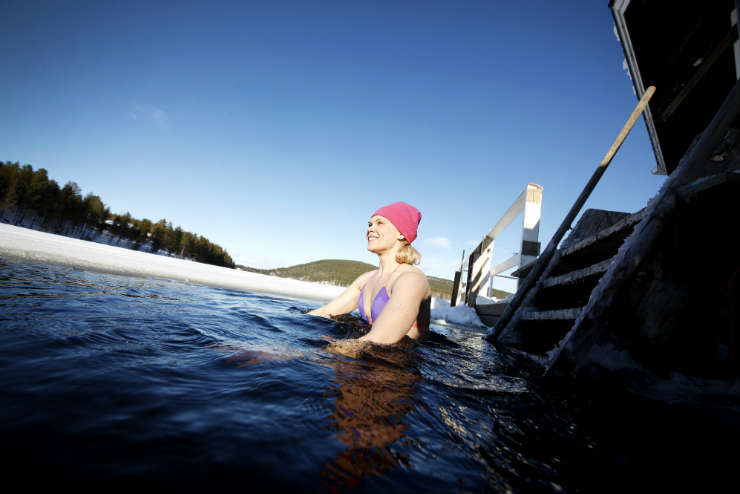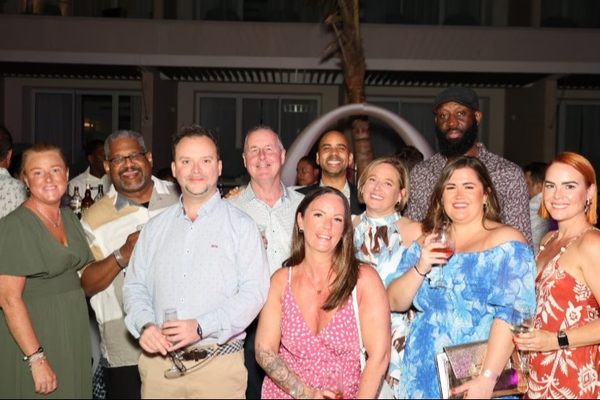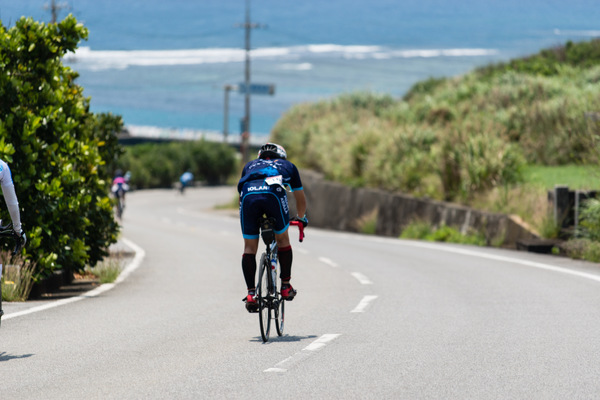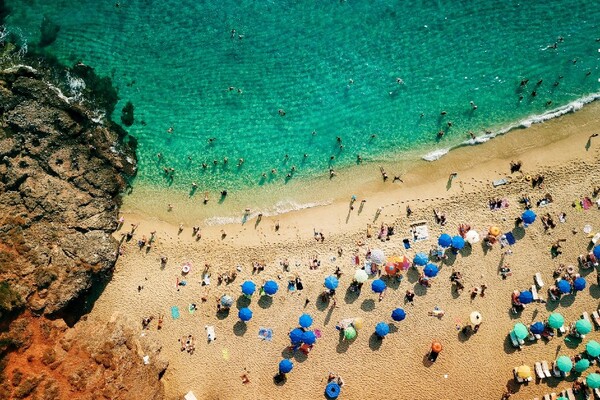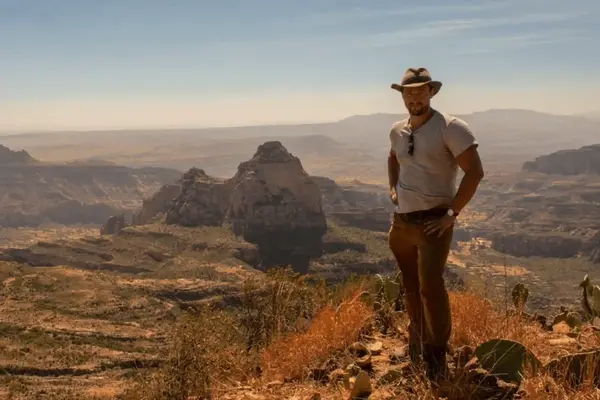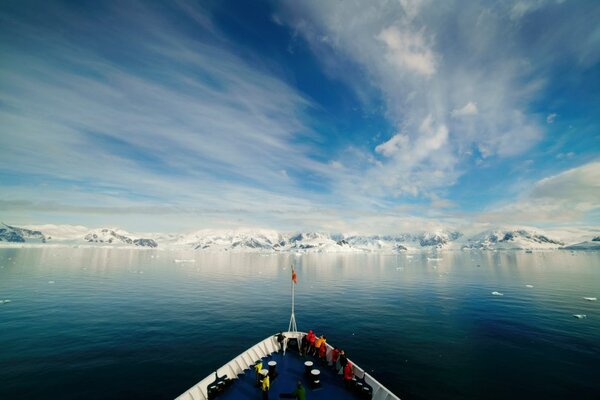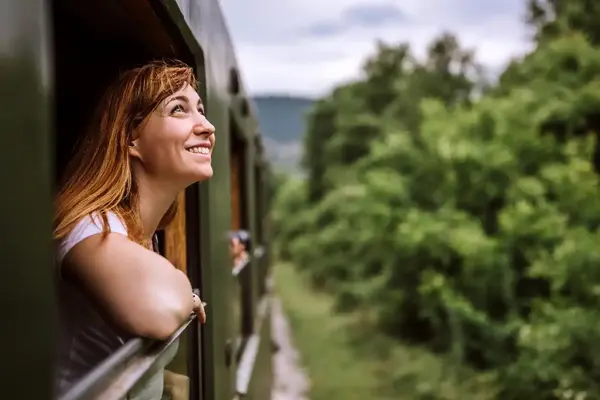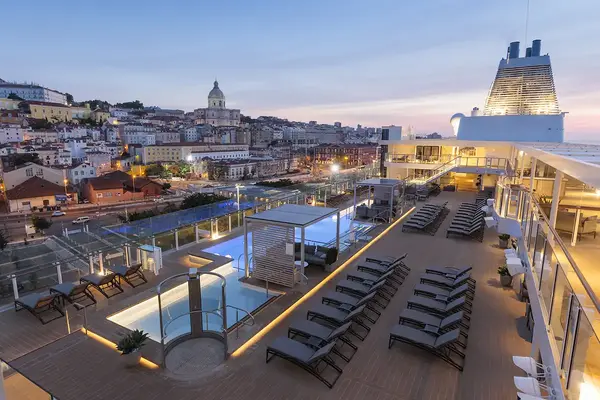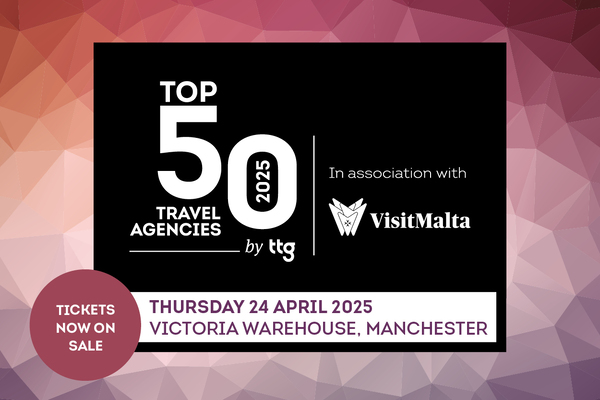Levi's Lapland: An adventure playground for all ages
Finnish Lapland may be famed for the chance to see the Northern Lights, but Gary Noakes finds plenty more top-notch activities
It definitely ranks as one of those “look at what you could have won” moments.
As we lunch in a restaurant on Levi’s ski slopes, the owner shows off a photo taken 12 hours earlier when the Northern Lights had lit the heavens above the Lapland resort.
Gasping at the shot of two giant almost Day-Glo-green mushroom clouds created by the Aurora Borealis, we ask exasperatedly how we possibly could have missed such a spectacle, despite scanning the skies until past midnight the previous evening.
“It’s the temperature inversion,” says our host, who explains that air can get so cold down in the valley, where we were, that it creates a misty layer. “Up here, it’s clear and we can see the Aurora.”
The night before, while the Aurora did its veiled dance, I experienced a temperature inversion of my own. It is my second visit to a Finnish sauna and the show-off in me just has to be first to plunge into the adjacent freezing lake.
With the air temperature around -20C, a dip in water of around 2C seems a momentary relief, but as I descend the steps I am literally breaking ice and I can only bear to get to waist level.
The bravado returns after a sauna sweat and on two more attempts I make it as far as my shoulders. Later, I take the hot-tub challenge by climbing out and running to face-plant into the snow.
Leaping back into the tub, tiny daggers pierce my entire body and my hair freezes. But hey, in my head I’m an honorary Finn.
Winter magic
A real Finn, nature and wilderness guide Raija Palosaari, tells me the locals regard Lapland’s cold as a big asset.
“It gives us the longest ski season in Europe,” he enthuses, adding that it also provides the ideal environment for huskies and reindeer to add to the winter magic.
He has watched as over the past 40 years or so, frozen Levi has become a tourist hotspot. “Back then, they said it was too dark for tourism. But the whiteness of the snow gives it extra visibility. And then there’s the Aurora.”
Pre-Christmas, Lapland is all about Santa. He will greet you off the flight, and for the sometimes hefty excursion fare to his grotto will convince children that it really is him – after all, Lapland is where he lives.
I’m too old for Santa, but during my visit Christmas really has come early. Excited children in festive onesies run around the hotel buffet and use its car park for sledding.
There are, thankfully, another 10 months of the year when grown-ups can really enjoy Lapland.
The big draw for most will be the Aurora, visible on average for 200 days each year.
Many will be put off by the winter darkness, but during my visit in early December I am genuinely surprised by how much daylight I experience.
Around 9am, the sun, which barely struggles to the horizon, reflects off the snow, creating a twilight that lasts until early afternoon, particularly on top of the mountain. The flip side to this is the Arctic summer, when for 45 days the sun does not set.
Before the midnight sun comes, the lengthy winter means it is possible to ski from late October to May.
Levi is Finland’s biggest ski area, with 43 slopes and 28 lifts; but with a vertical drop of only 531 metres and sometimes breath-freezing cold, skiing here is best thought of as part of a short break, not the sole focus.
Most visitors seem to think this way – during my Finnish bank holiday morning on the slopes, I count perhaps only 40 others as I trek with snowshoes amid trees so weighed down with drifted snow that they resemble giant candy floss.
Grown-ups’ playground
Many Finns are simply content to have a party weekend in Levi. There are 25,000 hotel beds here, 8,000 more than in Helsinki, which gives you some idea of how popular it is.
I’m quickly convinced that as a grown-ups’ playground, Lapland does the job, even without the skiing.
I squeeze into a thermal suit still wearing my ski jacket and soon I’m skidding around an ice track in a go-kart that grips using spiked tyres.
It’s all blokey competitiveness and I’m ahead until my visor steams up and my balaclava covers one eye, leaving me pootling until the chequered flag.
Given more time, I could have zip-lined at an adventure park, snowmobiled through the forests or taken a fat-tyred mountain bike into the wilderness, activities that all seem to end with an open fire and a sausage roast.
For those less active but still in need of thawing out, there are more than 2,000 saunas.
Summer means hiking, canoeing, fishing and even golf, often teeing off under the midnight sun, while in autumn the forests are a carpet of superfoods waiting to be harvested in the form of cloudberries (apparently containing four times more vitamin C than oranges), lingonberries and the more familiar blueberries.
Foraging may be free, but Levi – like any mountain resort – is not a bargain destination. Make sure clients are aware of how much excursions cost, particularly if they need to manage children’s expectations.
A package including a 1.24-mile husky ride will set a family back around €160, for example, although just meeting the dogs and other animals would total a less painful €30.
Restaurant prices are also fairly expensive, so half-board is a particularly good idea for families. That said, for a once-in-a- childhood experience or a long weekend for a group, Lapland is mighty attractive to young and old alike.
This is brought home to me as I wait at Kittila airport, where some weary parents are to my mind a little too nonchalant about their hyped-up children racing luggage trolleys around the lounge.
For a second I’m irritated, but then I remember the ice karting. Really, we’re all kids at heart, especially in somewhere like Lapland.
Book it: Best Served Scandinavia can offer four-day tailor-made breaks to Levi and the Northern Lights Ranch from £1,130pp including flights, transfers, one night’s B&B accommodation and two nights’ half-board at the ranch. best-served.co.uk

